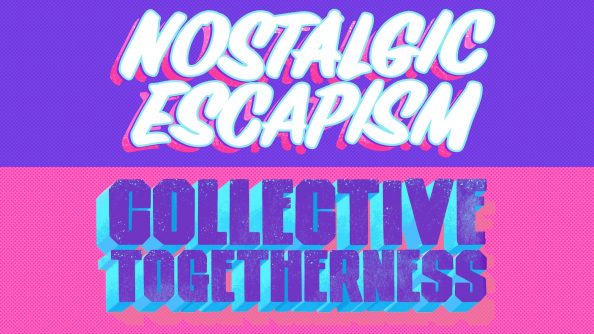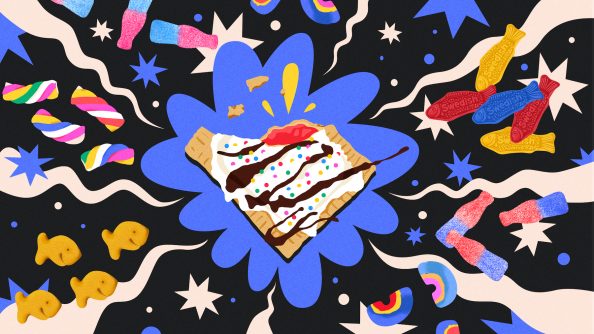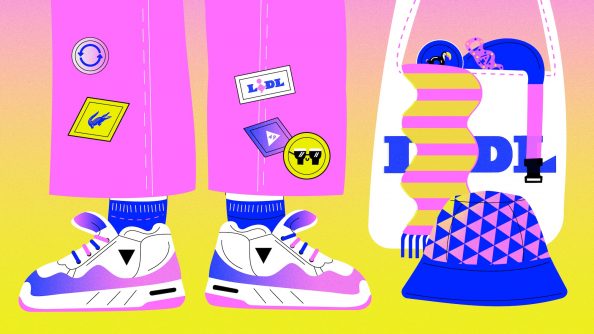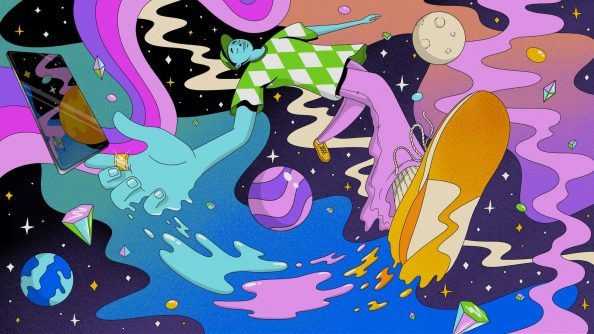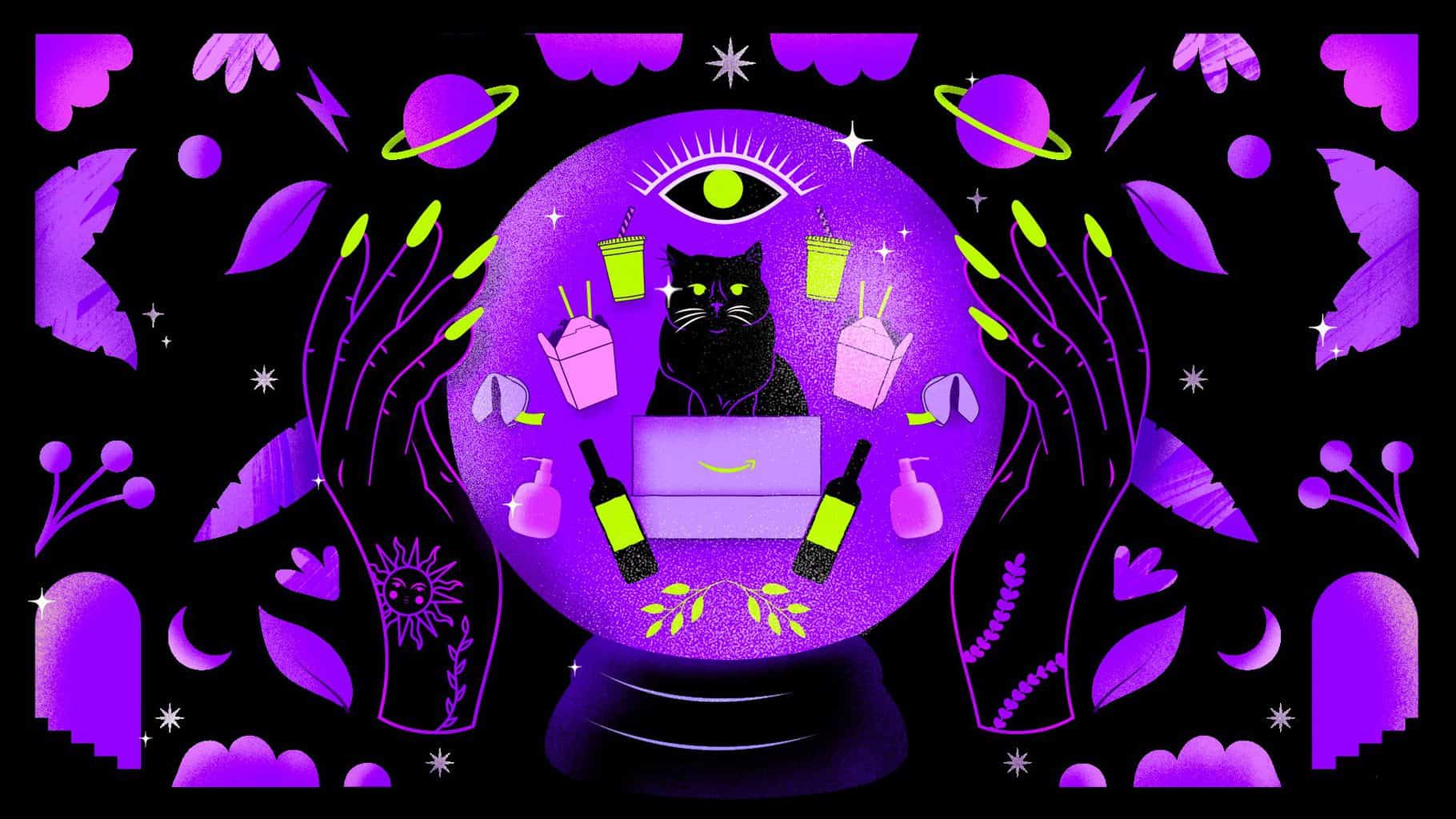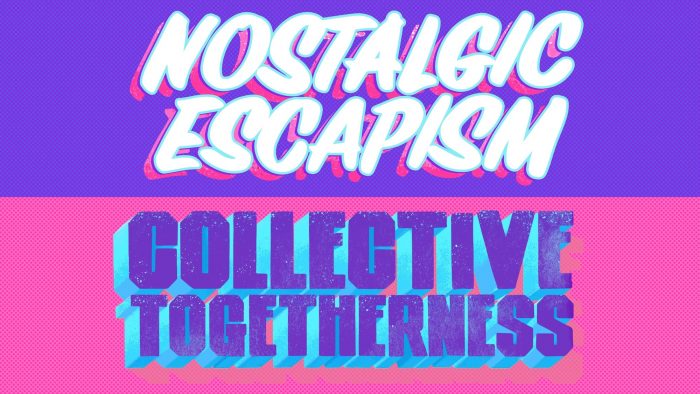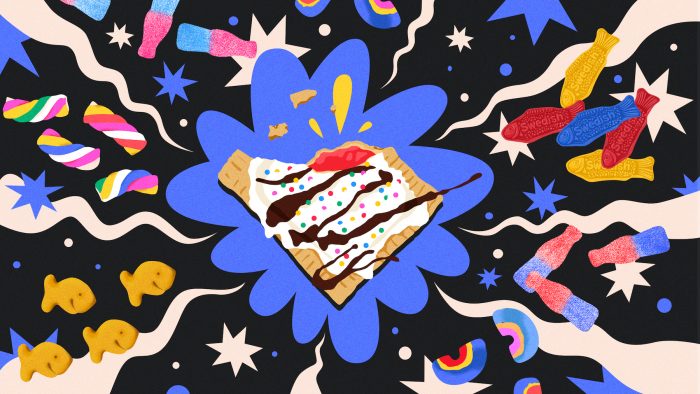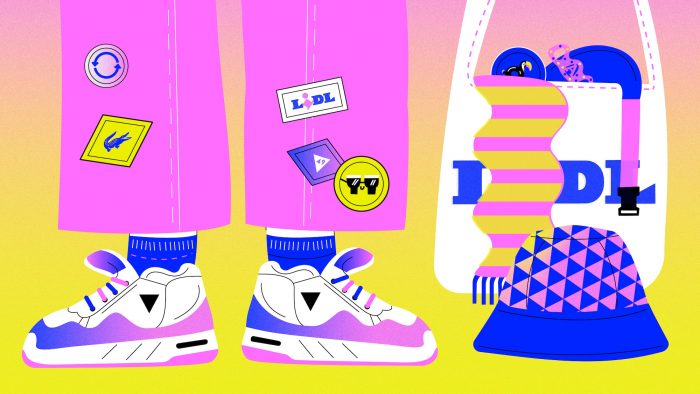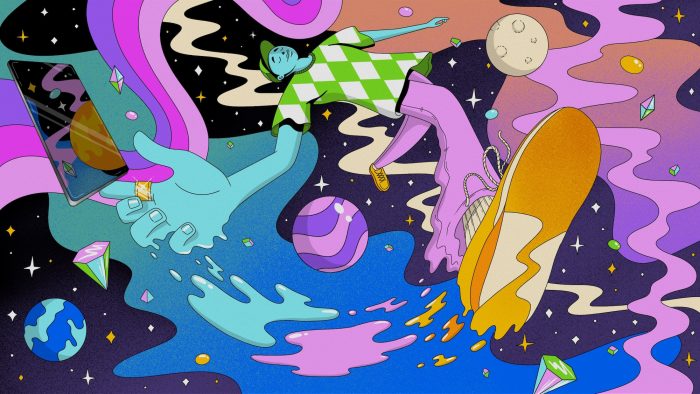Covid-19 has sparked a change in society, and consumer habits are changing. Brand loyalties previously held are being questioned as new judgment criteria are starting to emerge.
We are being attracted and lured into new brands through alternative channels, and the way we shop them is also changing, with less focus on physical spaces and more on digital interactions.
We are also starting to question our behavior and how small changes we can make will impact the world. More than ever, there is a sense that the power is in our hands to affect societal change. At the front of our minds will be thinking of how we can contribute to the greater good.
For example, being at home during quarantine has shown me how much recycling goes into the trash. The recent concerns that ‘recycling is over; it all ends up in landfill anyway’ has made me realize we need to think more broadly about how we reduce our impact on the world.
So how will consumer behavior change in the New Normal, and how should brands prepare for this shift?
Emotional benefits will become more important
With less disposable income spent on international travel, expensive clothing, and dining out in the shorter term, consumer priorities will shift towards finding other ways to make themselves feel good.
Skincare, indulgent cook-at-home kits, anything that makes one’s life a little more luxurious will continue to have appeal. Consumers will be OK with upgrading to the nicer bourbon, won’t balk at the fact that Lush bath bombs are four times the price of the Walgreens own-brand.
The emotional benefits of a product will need to be super clear and compelling as we will all start to shop with our hearts more and our heads less.
Home will remain where the heart is
With people continuing to spend more time within their four walls and more time on their hands to consider purchases and shop around, they will want everything on display in their homes to be beautiful.
Consumers will still have Clorox wipes under the sink, but they will want their hand wash and wine bottles to be gorgeous. Consumers will look for added value in everything they purchase — even if that added value is just that it’s nice to look at.
Own brands will ‘own it’ in the functional space
With less disposable income but a focus on treating ourselves to feel-good items, we will need to make up the savings. And we will save on functional.
Online shopping with products viewed at two inches on-screen will mean that – without emotional value – we will buy the cheapest on the site. Why spend more on toilet cleaner or cream cheese than you have to, and who really cares how it looks?
Own brands will dominate, as online grocery apps such as Instacart will thrive, linking consumers to trusted stores’ own labels at much lower prices.
Category codes will blur
Search bars are replacing aisle-browsing, and there will no longer be a need to glance down the aisle to look for a blur of color or packaging cues to show you where certain products are.
We already see this trend with DTC brands. This will start to apply more to supermarket brands and is likely to be a trend that will continue and become permanent. Suppose brands no longer have to adhere to category design codes. In this scenario, they will increasingly use their character or personality to dictate design, to stand out and connect with consumers in new ways.
In the future, the brands consumers surround themselves with at home will look very different from the brands we see in supermarkets as the gap between visual codes of online and in-store broaden.
Spontaneous product purchases will disappear
With more shopping happening online and less aisle browsing, there is also a chance that certain categories of foods will become obsolete.
Are people really going to remember to search for usually spontaneous basket-grabs or be open to experimenting with that new delicious-looking tropical fruit or craft beer they’ve never tried before?
Brands selling non-staples will need to start using alternative channels to on-shelf browsing to lure consumers into trial or risk dying out completely.
We will expect all brands to contribute to good
As Warby Parker and Patagonia have been doing for years, what was once a nice-to-have gesture will become the expectation. We are becoming increasingly aware that consumption is ruining our planet, so we will want to off-set the guilt that accompanies purchase with the knowledge that we are also contributing to the greater good.
Brands will need to clearly define their stance on important topics or show action in helping the planet with important gestures such as using organic ingredients, recycled packaging, or giving back to the community.
Refill will make us rethink
If all brands adopt the ‘pack for life’ approach, and packaging becomes more subtly branded or even agnostic, it will force brands to think differently. For a start, the product inside will need to be as good as possible to stop people from buying the fancy bottle and refilling it with the cheap stuff.
Significantly, people will no longer be buying into the usual packaging codes of consumer brands, and ‘it’s what’s inside that counts’ will actually start to mean something to the masses.
Packaging will be just part of a broader brand experience
Brands will be forced to communicate their brand values and personality in different ways. As packaging is less frequently held in hand and viewed at a mere two inches on screen, other touch-points are more crucial.
Is it a bespoke delivery service? A well-engineered and thoughtful unboxing experience? 24/7 customer service hotline? A compelling or uplifting Twitter account? A customized social media experience?
Brands will be forced to analyze all forms of brand experience and determine a more tailored approach to communication modes as they are forced out of their comfort zone.
Instagram will be our shopping mall
Targeted ads will continue to lure in new consumers with time on their hands for idle scrolling due to staying home more. Consumers will still bemoan the creepiness of social targeting but will still succumb.
Savvy brands will continue to find ways to make targeting feel more personal and less creepy. A little like Spotify’s Discover Weekly offers the perfect playlist every week by listening to what the user listens to.
More of that, please. Don’t just post an ad you think your customer will like, but customize the experience and offer it in a way that doesn’t make them feel stalked.
We’ll be refilling, reusing, and refueling
The most sustainable way of consuming is always going to be through shared experiences – bars and restaurants, or physical stores – where plates and glasses are washed, and items can be purchased without the need for delivery packaging. But with social distancing restricting capacity, brands will need to rethink how they better facilitate customer’s needs while not being wasteful.
I’ve always loved the simple brand signature of Aesop having hand cream dispensers outside of their stores. A simple generous act that nine times out of 10 always enticed me inside to buy a whole bottle – so it worked for their sales too. Why don’t bars do this? Could stores offer vending machines?
Imagine a future where you could walk down the main street, buying from vending machines and dispensers without stepping foot inside a store?
We need shared experiences that are safe in the short term yet also prove convenient in the long term. Over time, we expect such radical ideas to become the norm.
anna
Leigh Chandler, Partner & Creative Director
LINKED IN